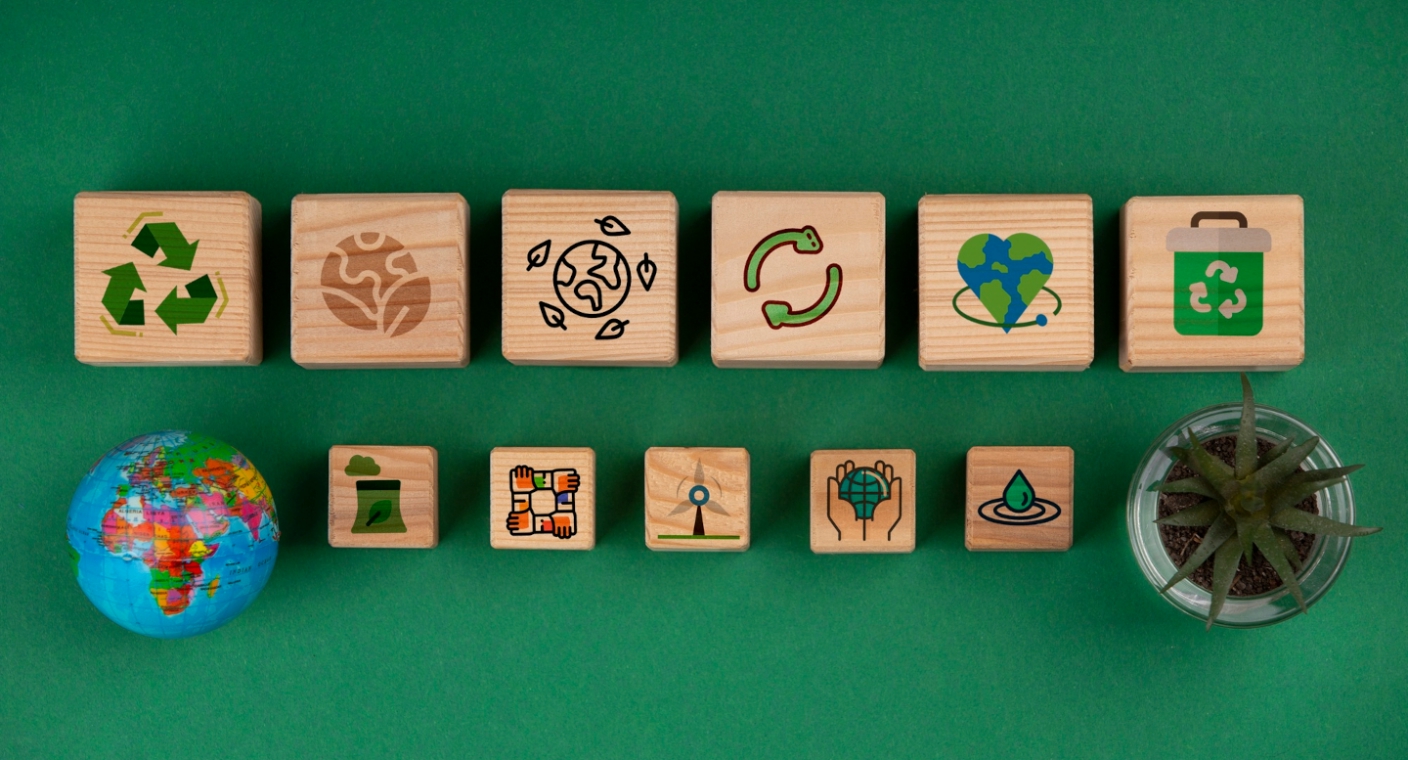The key trends in the plastics industry as we enter into 2025 all share a common link: transformation. The industry constantly evolves with new technologies and innovations that are helping reach sustainability goals and streamline manufacturing.
Plastics continue to advance toward a circular economy, finding ways to close the loop, from adding additives that improve biodegradability to the possibility of turning plastics into new materials.
Beyond materials, the people behind plastics play a crucial role in moving towards a sustainable future; therefore, investing in skills development will be essential to bridging the industry’s talent gap.
The Circular Economy
The Circular Economy is not a new trend for plastics, but groundbreaking innovations in plastics are helping to close the loop. The European Commission's target of 70% recyclability of all packaging by 2030 is looming[1], and many companies are increasingly opting for materials that consider recycling and the circular economy.
Technology offers greater transparency and efficiency for recycling through Artificial Intelligence and Machine Learning, which can provide Real-time monitoring and Deep Learning for the Smart Sorting of waste.
Biodegradable Additives
Biodegradable additives represent a significant step forward in reducing plastic waste. These advancements mean that ordinary polyethylene and polypropylene products can biodegrade quickly into harmless substances without creating microplastics.
This considerable breakthrough could make a big difference in plastics manufacturing over the coming years, offering another solution to plastic waste and helping brands meet their sustainability goals. These advancements are promising. However, their large-scale implementation remains a key challenge for the industry.
People In Plastics
It’s not only about materials; people are behind all the innovations, manufacturing, recycling, and success. According to industry reports, the skills gap in the plastics sector is gradually closing, with job openings in manufacturing declining from one million in 2022 to half that in 2023.
K 2025, the leading international trade fair in the plastics and rubber industry, has named Caring about People one of its Hot Topics for 2025. The topic will discuss the training programmes and social initiatives that make the industry sustainable and resource-efficient. To close the skills gap and continue to make strides in transformation, investments in people will make a big difference for the industry.
Anti-Microbial Plastics
Since COVID-19, there has been a push for plastics that can kill bacteria and viruses. As a direct impact, innovations in anti-microbial and antiviral plastics are hitting the markets. These plastics enhance hygiene and extend product longevity. They can be used in healthcare, food packaging, consumer goods, and the automotive sectors.
These plastics can minimize the risk of healthcare-associated infections (HAIs). The Centers for Disease Control and Prevention (CDC) says that approximately 1 in 31 hospital patients have at least one HAI daily[2]. They can also extend the shelf life of food products, contributing to a reduction in not only plastic waste but also food waste.
Embracing Technology
Technology is transforming the industry, creating many new opportunities in the plastics industry, from data-driven product development to smart sorting recycling and optimising plastics from cradle to grave. Data analytics can be used to refine the injection moulding process, a prevalent technique in plastic manufacturing.
Advances in Artificial Intelligence will revolutionise quality control, as machine learning can identify and classify defects in real-time. Digitalisation is expected to enhance efficiency and quality in plastics manufacturing, contributing to the industry's long-term sustainability objectives.
How we can help
Are you thinking about your plastics strategy for 2025?
If your business needs communications support and wants to work with an agency that knows your industry, please contact us.



